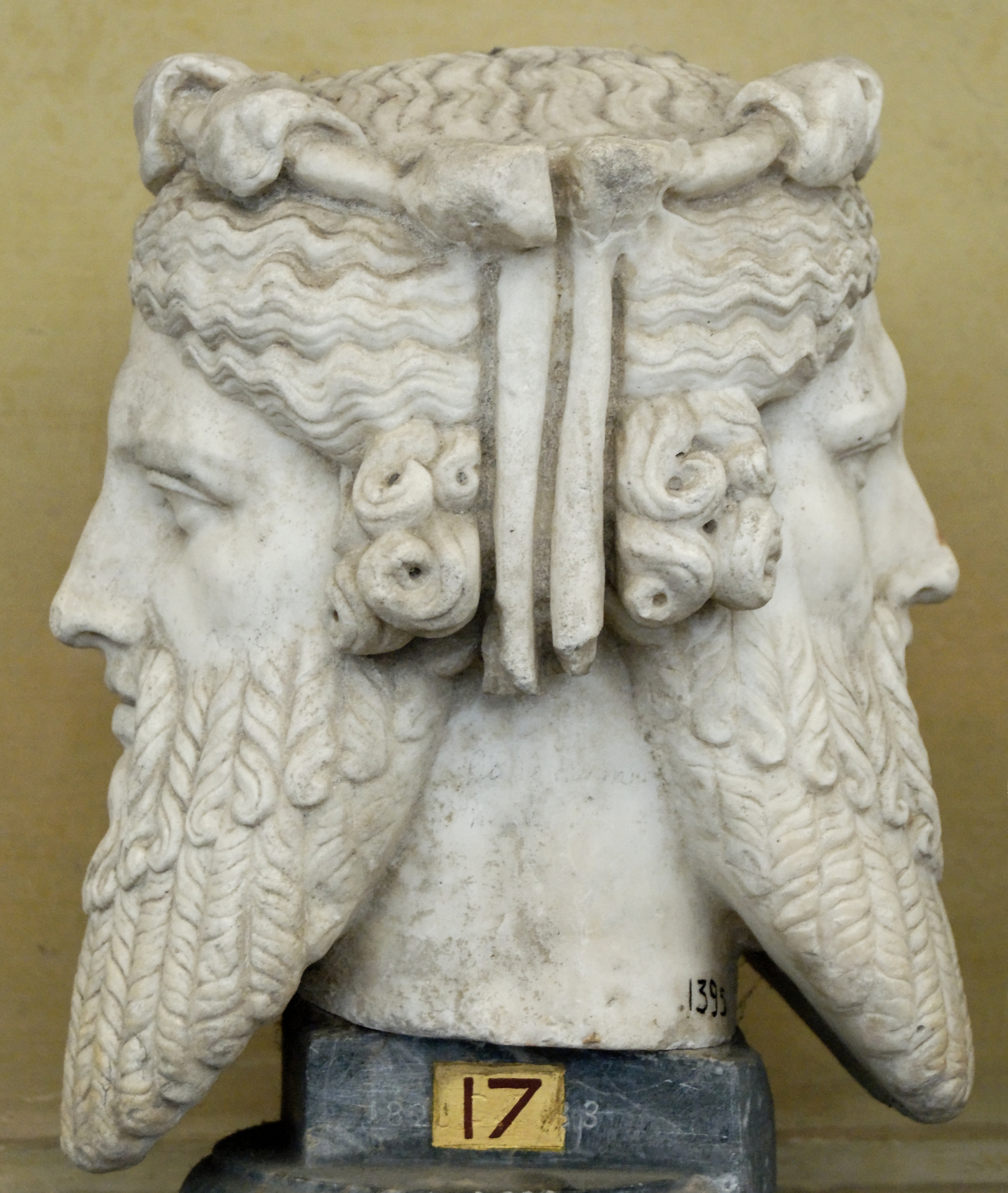Session 1: Communication and Language
Overview/Summary
This session will consist of a series of whole and small-group discussions related to effective communication. Effective communication is a set of skills that are frequently listed as “desired” or “required” qualities for academic scholars and leaders. The need for communication skills is emphasized in hiring, and career advancement, especially in the context of recruiting individuals to serve in leadership roles. Communication occurs in a myriad of ways within our professional environment - ranging from informal hallway conversations to formal presentations in academic and non-academic settings. In thinking about communication, it is important to recognize that non-verbal communication and tone are often an integral part of the verbal communications that occur in the workplace. Within our particular spheres, written communication is often the one aspect of communication that is most emphasized and scrutinized. For this reason, this session will focus primarily on verbal and non-verbal communication, while acknowledging that leaders should pay attention to their written communication.
The first requirement in building effective communication skills is self-awareness. Self-awareness means being aware of how you currently communicate, recognizing and identifying gaps in your communication, and how to improve your communication skills. The second step is practicing useful techniques and reflecting on how you practice your skills by seeking and receiving feedback from trusted others (such as peers, students, or direct reports). The overarching goal of this session is to build awareness and begin to practice some skills.
Notes: Materials for this session were originally collated and presented by Elizabeth Wentz
Learning Outcomes
At the end of this session, participants will be able to…
- Recognize the ways in which words and grammar can weaken effective communication.
- Practice and articulate clearly the values of active listening
- Apply a leadership mindset to the term “power”
Materials Needed
In this session, you will need the following materials:
- Index cards
- Pens
- White Board
- Weak Language Exercise Document
Pre-Workshop Tasks
This session has no pre-workshop tasks.
Session Activities
1. Two sides to a coin (15 minutes)
On one side of the notecard, each participant will take a few minutes to write down three strengths – what is it that you do well? What do you like about yourself? Now, on the other side of the card, write down three challenges you face. Next, take some time to look back and forth between the two sides. How can you take one or two of your strengths and use it to solve one of your challenges?
This is a way you can strengthen your inner voice. Too often the negative inner voice takes over and looking at both sides of the coin can allow you to use your strengths as tools to solve those big challenges.
2. Language, the use and misuse of “ I “ (40 min)
Next we are going to learn about how to strengthen your external voice through the power of language. Building on the work by Phyllis Mindell, we are going to focus on why the use of “I” weakens language. She refers to Janus, the Roman god of beginnings and endings. Just like our internal voice, Janus is often portrayed with two faces – looking at the past and into the future. He is birth/death, buying/selling, war/peace, gates/portals. The god of dualities or paradoxes.

This concept of dualities applies here because powerful language does not come with simple solutions. This exercise starts with some basic ones that will sharpen your skills in using powerful language in emails, cover letters, recommendation letters, in small and large meetings where you have a planned presentation or where you are speaking.
In this activity, we are going to develop our powerful language skills in smaller groups with a designated leader.
First, the leader will speak about the power of speaking up and being heard. (5 minutes). Main points to cover:
- Speaking up is a learned (acquired/acquirable) skill. Understanding the barriers is key to overcoming them
- Weak Language is one issue we will address in this break out group
- The use of I
- The use of filler phrases and “hedges” in sentences
Next, In pairs or trios, participants will complete the Weak Langauge Exercise to identify and revise weak language. (15 minutes)
Lastly, participants will return to the group and share experiences (20 minutes). Themes to touch on:
- Identify an instance when participants have felt weak because of language. What happened? Examples - being interrupted; “mansplaining”; taking credit for ideas; etc.
- The group will collectively reflect on how use of powerful language could influence these situations.
3. Leadership and Power
Main points to cover:
- Why one should not reject the idea that leadership comes with power.
- Power - over (dynamic)
- Power - to (dynamic)
- Power to implement comes with acquiring skills related to priority setting.
Individual Activity: Priority Setting. Identify activities from individual to-do lists that can fall into these categories (5 minutes)
| Matrix for Decision Making: | |
|---|---|
| Needs to be finished right away by me | Needs to be finished by me, but it can wait |
| Needs to be delegated | Need to decline; let someone else take the lead |
4. Take Away Summary - (20 minutes).
Close the break as a group. Do a round robin where each person contributes observations on tips for active listening and have the leader write them down on the white-board. Some starting points:
- Pay attention by looking directly at the person speaking – use body language to listen
- Provide feedback – ask questions and summarize what the person says periodically
- Avoid interrupting – unless asking for clarification; don’t distract with counter conversations
Ask participants to write down and then volunteer to share experiences in this session. Think about what ideas/experiences were new. Which one will you take away and try right away?